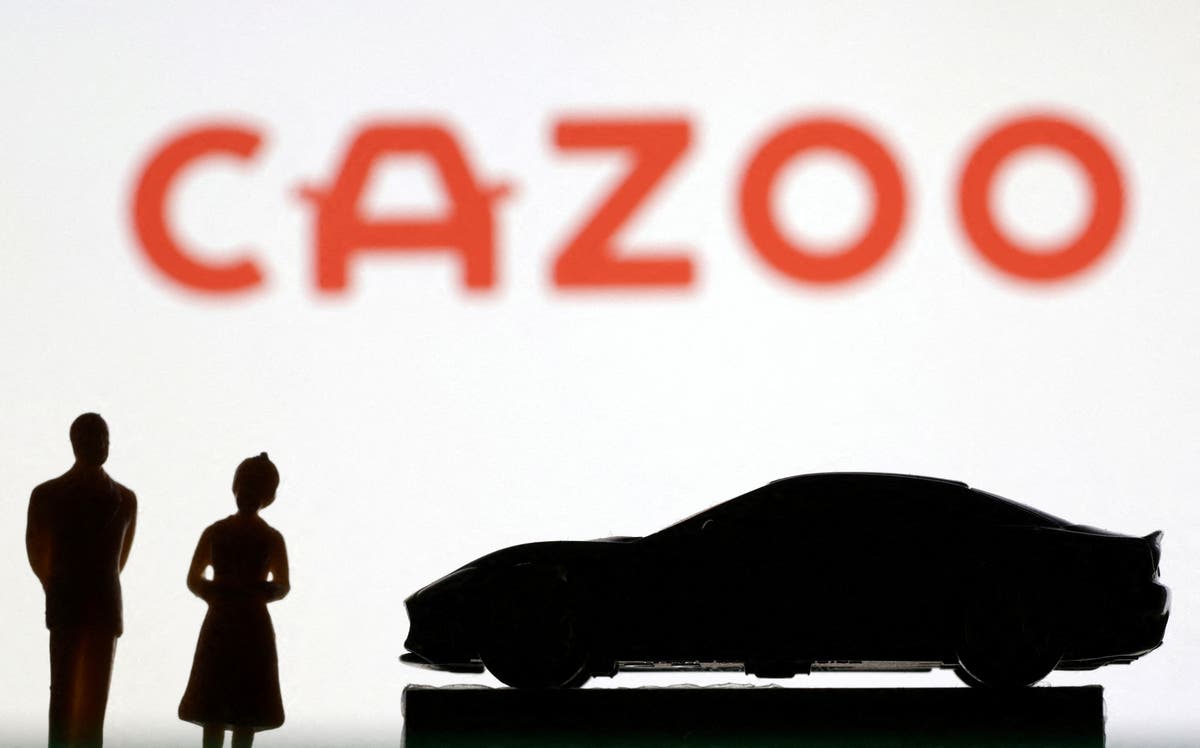Ethereum (ETH) becomes the target of a billion-dollar sell-off: who is responsible?
U.Today – is facing a massive liquidation exceeding $1 billion. The source of this huge market movement can be traced back to Celsius, which reportedly transferred a staggering amount of 459,561 ETH, valued at approximately $1.014 billion, to various exchanges.
The distribution of this liquidation was as follows: 297,454 ETH ($656.5 million) were moved to Coinbase (NASDAQ 🙂 Prime, 146,507 ETH to Paxos Treasury and smaller amounts of 7,800 ETH each, for a total of 17.2 million dollars, were transferred to FalconX and Coinbase. Despite this massive transfer, Celsius supposedly retains a reserve of 62,468 ETH, worth around $139 million.
Such a colossal sell-off puts immense pressure on the price of Ethereum and could significantly influence market sentiment. The immediate concern for investors and traders is whether Ethereum's liquidity and market cap can absorb such a hit without triggering a widespread market crash.
From a technical analysis point of view, the massive outflow of Celsius is a bearish signal, which will likely test Ethereum's local support levels. A crucial support to watch lies around the $2,000 price range, a level of psychological and technical support that, if broken, could see the price fall to the next significant support at $1,800. Historically, this level has acted as a strong buy zone and can serve as a solid defense against further declines.
On the contrary, resistance levels have become more formidable due to the sell-off. Any potential recovery will have to contend with the resistance at $2,200, which previously acted as a support level. A break above this could see Ethereum attempt to reclaim higher price levels, possibly testing the $2,400 resistance.
The major sell-off initiated by Celsius has put Ethereum in a problematic position. Although the fundamentals of the Ethereum network remain strong, the resistance of the asset's price in the face of such a significant sell-off shows the true state of the market.
This article was originally published on U.Today.









